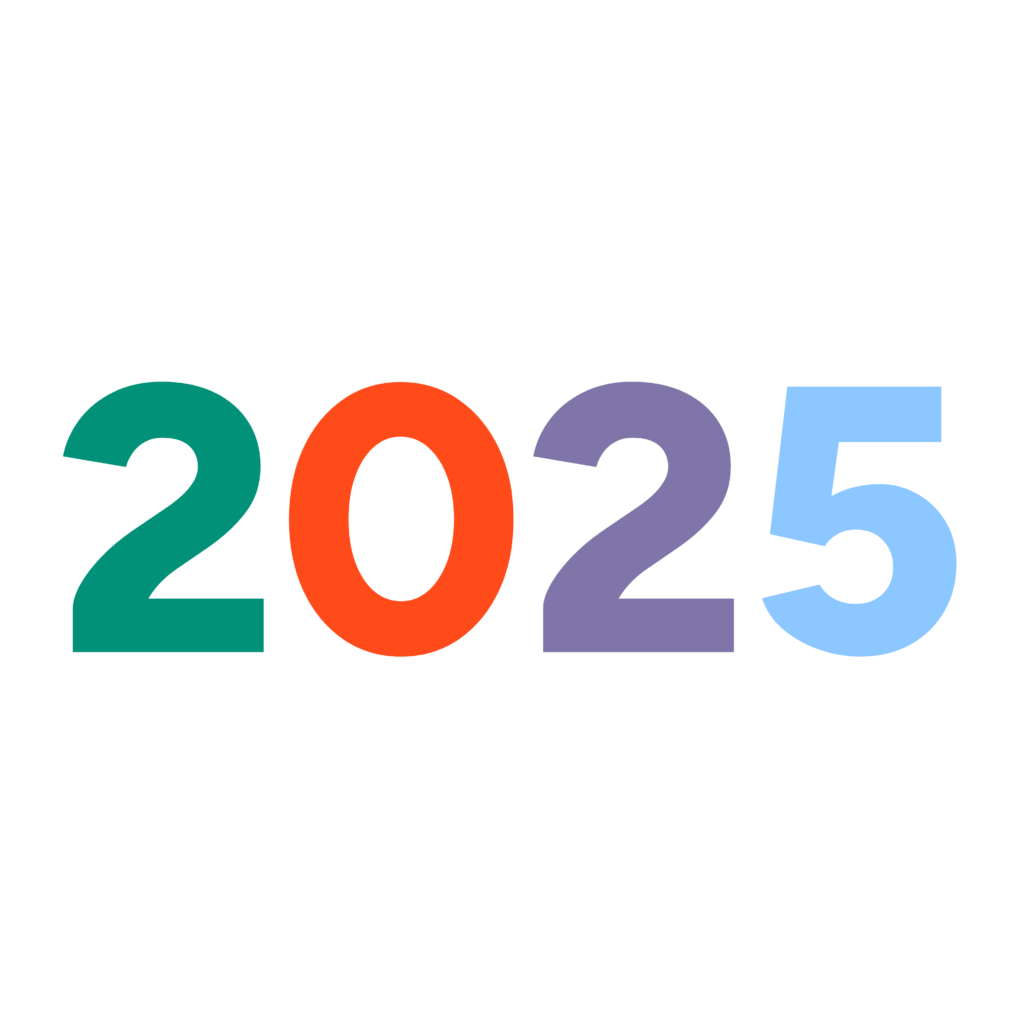How Do Families Decide on Child Care? A New Study Examines Early Learning and Care Decision-Making

Without sufficient federal funding for early learning and care services, options for children and their families remain limited. Thankfully, there are efforts underway to increase access to affordable, high-quality care.
However, to inform these efforts, more must be understood about how families make decisions with constrained choices, which factors influence their decisions, how community or program characteristics come into play, and what information families need to best make these decisions.
Researchers from several universities partnered with leadership from Somerville Public Schools to study these gaps in knowledge. They strategically selected Somerville, Massachusetts given the area’s diverse population and efforts to increase investments in child care through a mixed delivery system. The findings were recently published in Early Childhood Research Quarterly. What’s Missing? A Multi-Method Approach to Gaining a Fuller Understanding of Early Care and Education Decision-Making aimed to investigate what child care arrangements families choose, how and why families make these decisions, and what information they use. The study used a mixed-methods approach, which included the use of administrative data (such as enrollment and demographic data), survey data on family decisions and experiences, and in-depth qualitative interviews to capture the nuance and evolving nature of the decision-making process.
The authors found the following four main dimensions impacting the decision-making process for families:
Reasonable effort to find:
Families across all characteristics found accessing information on child care options and program types to be challenging and time-consuming with an overall lack of universal information. These challenges were exacerbated in families who lacked knowledge of program types, struggled to effectively use search terms, and who felt disconnected from formal and informal networks where early learning and care information is shared. Families were found to largely rely on personal networks, as positive experiences from those in their community were central to decision-making. The study found that low-income families, families whose primary language is not English, and those with disabled children often experience differences in access to child care resources. Additionally, families who may have preferred family child care providers expressed difficulty knowing how to find them or assess their quality. Many mothers noted the extensive amount of time they spent compiling information and most families desired more centralized information.
Affordability:
Cost was a salient factor and many families were unaware of the free or reduced-cost programs and financial supports they may be eligible for. Additionally, even those who were aware of programs like free public preschool in their area discussed difficulty in affording the additional wrap-around care services they would need to make that program work for their schedules. Cost was discussed by 63% of families, and even those who expressed feeling privileged noted they needed to balance costs amongst other preferences. Overall, families discussed that cost could shift their child care choices despite their other preferences.
Arrangements that meet child development needs:
Social interaction for their children was the most prominent factor families considered when making their decisions about early education and care , with 71% of surveyed families noting its importance. Arrangements that met child developmental needs heavily guided families’ searches. For example, those in public preschool programs considered whether the program would prepare their child for kindergarten compared to other arrangements, while other families who chose other settings placed more value on consistency between cultural values at home and in care settings. Additionally, developmental concerns made families more sensitive to maintaining continuity and minimizing transitions for their child. However, despite the desire to maintain continuity, overall the study found that many families were using multiple arrangements for their children and that changes in care occurred due to local availability, children’s ages (e.g. shifting into a public preschool at age four), family budget, and overall convenience.
Overall family needs including supporting parents’ work:
While balancing preferences, families discussed needing to find the best fit for the family as a whole: 67% of families valued the care setting’s location in relation to home and 24% considered the location in relation to their work. Overall, families shared how they balanced costs, schedules, commuting paths, developmental needs, and more to find what best fit their needs, especially if they had multiple children with different pickups. For example, families preferred to send children to public preschool programs where their children were likely to attend kindergarten for continuity and convenience. Additionally, the study examined how documented family characteristics influenced care choices and found that urban families were more likely to enroll in center-based programs than rural families.
In sum, there is no one-size-fits-all way to improve child care access, and with 84% of families surveyed using child care for at least five hours per week, providing sufficient options for families is imperative. Examining decision-making across multiple methods, like this study does, may better inform program design through a more holistic understanding of enrollment data. Families may not enroll in a program, despite their preferences, if it conflicts with work schedules, they have children in multiple locations, their children are unable to transition to kindergarten in the same area, or outreach is not compatible with how they receive information. To create sustainable child care options, researchers and policymakers must take steps to understand how families access information, the cultural and socioeconomic characteristics of the community, and how child care decisions may change over time.
Subscribe to FFYF First Look
Every morning, FFYF reports on the latest child care & early learning news from across the country. Subscribe and take 5 minutes to know what's happening in early childhood education.



